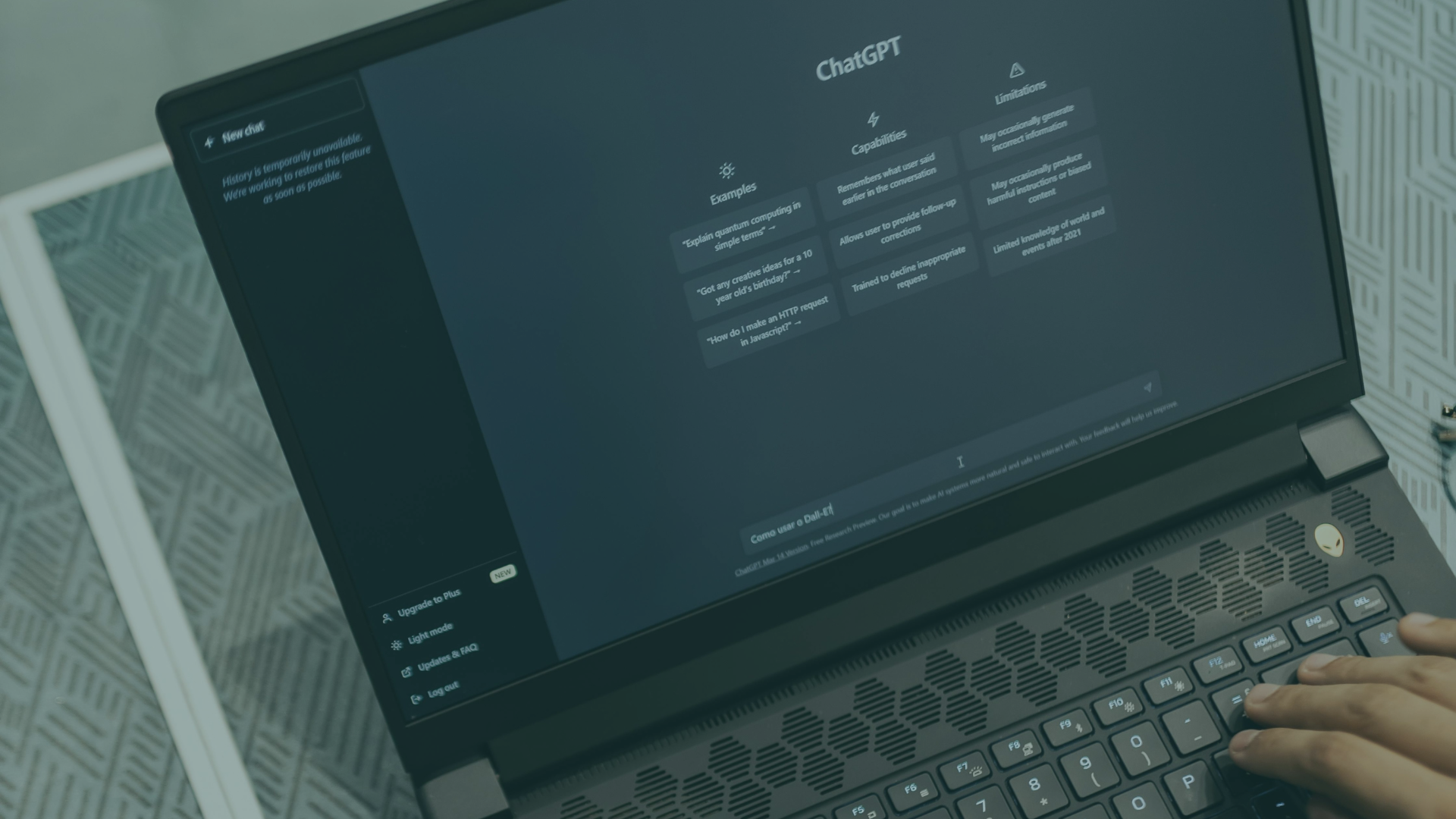
Are you in HR and looking to get the most out of ChatGPT?
Just a few years after the revolutionary introduction of ChatGPT – in other words, a mainstream generative AI product – hit the market, professionals across industries and skillsets have discovered ways to implement this technology into their work. But generative AI is not just for the techies and Marketeers – tools like ChatGPT can be used in HR too.
We spoke with our team of HR professionals to discover how they’re using AI to streamline their tasks. In this article, we’ll explore the best ways HR professionals can leverage generative AI to spend less time on administrative work and more on what really matters: the people.
How is AI used in HR?
There are great gains to be seen in HR with AI. According to a 2023 McKinsey survey, 50% of respondents saw a decrease in HR costs. 15% of those who experienced decreased costs saw them decrease by more than 20%. Given the current state of generative AI technology, decreased costs and increased efficiency are the most measurable gains for the HR department. Generative AI is used in HR in the following ways:
- Automate repetitive tasks. Administration and communication are key tasks for HR departments and often need to be completed regularly, but very specifically, taking up hours of time. AI can automate tasks like answering the same employee questions and parsing hundreds of documents and CVs, to save time for more strategic activities.
- Improve communication. Not only can communications be generated quicker, but you can use the tool to brainstorm, tweak the tone of any message, and provide suggestions. Ideal when needing to convey a message or important information to different stakeholders.
- Enable better decision-making. By automating the repetitive tasks, everyone in HR has more time for strategic thinking. Further, HR can leverage more data and insights in order to make better decisions.
- Make difficult communication easier. It is common in HR that people need to deliver difficult news, or have a difficult conversation which requires tact and grace. We see generative AI being used to help HR professionals brainstorm and structure themselves to ensure these conversations go as smoothly as possible.
Crafting effective ChatGPT prompts for HR: Dos and Don’ts
Some information about writing good prompts. Do some bullet-pointed tips too, see below:
- Be specific. Generative AI prioritizes the information and details in your prompt when generating it’s result. Try to also include information about what you expect the result to be, for example, an outline, list of suggestions, an email, etc.
- Tell it how to think. Prompts which begin with something like, “pretend you are a consultant” or “act like a coder” will give you better control over how ChatGPT conveys information to you.
- Give it context. Context helps the AI deliver more relevant, accurate, and tailored responses. It ensures the AI understands your needs, reducing misunderstandings and increasing the efficiency and quality of the output.
- Use commands as much as possible. The best prompts use commands rather than questions. “I want you to write me an email rejecting a candidate for the role,” will produce a better result than “Can you write me an email rejecting a candidate for this role?” Questions mean the AI can say no!
Balancing innovation with a human touch in HR tech
In HR, it’s crucial to stay at the cutting edge of technology to streamline processes and improve efficiency. However, it’s equally important not to lose sight of the personal element that makes HR truly impactful. While technology can enhance our work, at the end of the day, HR is about people – supporting them, understanding their needs, and fostering meaningful connections.
At Octagon, we believe in striking the perfect balance between innovation and empathy. We have mastered the art of combining both worlds to get the best results for our people. Get in touch with us to learn how we do this.
more news

Intercultural Understanding as a Workplace Wellbeing Tool
18-12-25
In every diverse workplace, wellbeing depends on more than policies or programmes. It grows through the quality of our interactions, how we listen, interpret, and respond. This is where intercultural communication at work and intercultural understanding become quiet but powerful ...

From Guard to Guardian: Transforming Museum Staff into Inclusive Decision Makers
16-12-25
Across Europe, museums are redefining their role in society, and this shift is especially visible in museum jobs in The Hague, where cultural institutions increasingly operate as civic spaces for dialogue, participation, and belonging rather than silent repositories of objects. ...